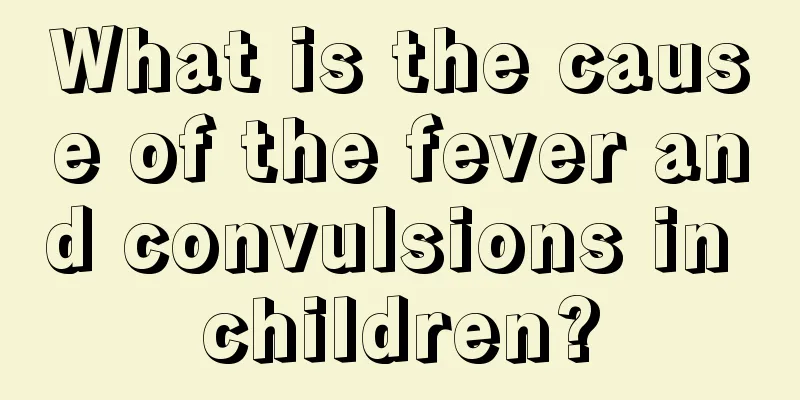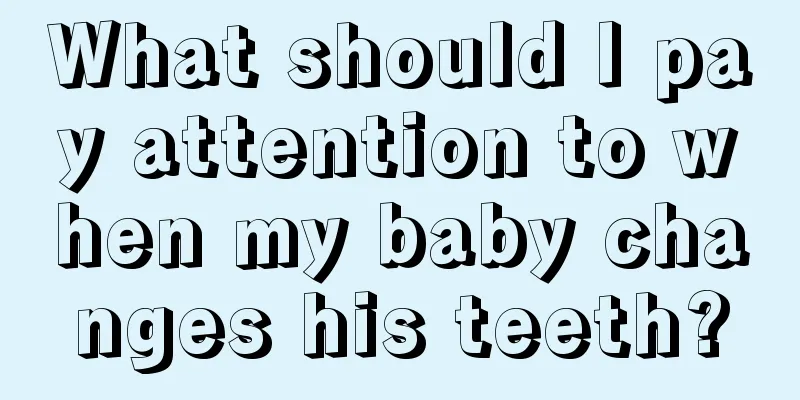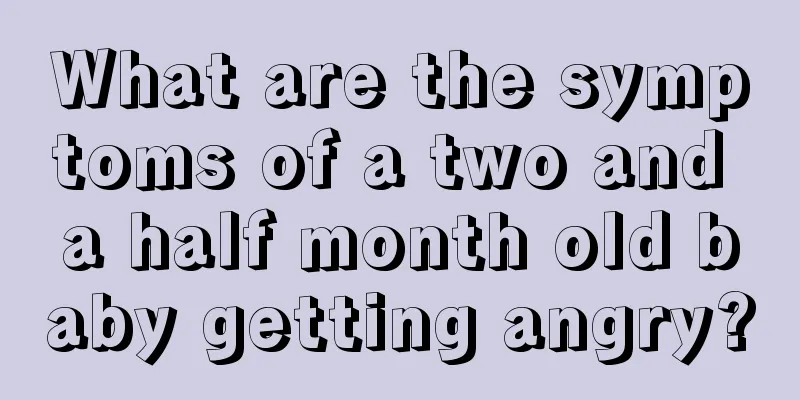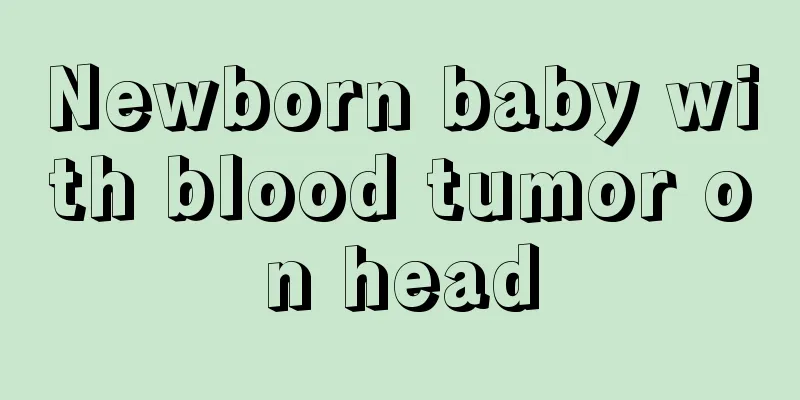What is the cause of the fever and convulsions in children?

|
The weather and temperature are changeable now. Many people easily catch colds and fevers because they find it difficult to adapt to weather changes, especially children with weaker resistance. Fever in children can be said to be a relatively common disease. Some children also have convulsions when they have a fever. It is necessary for parents to understand this reason. So what is the reason for convulsions in children with fever? Children's fever and convulsions have a great impact on their health. Children who often catch colds and fevers in their daily lives are prone to high temperature convulsions. At this time, parents must understand how to take physical cooling measures for their children in time to avoid causing convulsions in their children and causing serious hypoxic damage to the brain. When children experience convulsions after having a fever, it is medically called "febrile convulsion". This is mainly due to the incomplete development of the nervous system of infants and young children, such as poor inhibitory function of the cerebral cortex and incomplete formation of nerve myelin sheaths. Once exposed to external stimuli (such as high fever), excitement can easily spread and cause convulsions. Generally speaking, infants and young children aged 6 months to 4 years, especially those who are prone to high fever. When a child's body temperature rises sharply, the higher the temperature, the more likely the attack is. When a high temperature convulsion occurs, symptoms such as loss of consciousness, eyes rolling up, clenched teeth, and twitching of the limbs will appear. Luo Youtong said that babies who often catch colds and fevers are most likely to suffer from febrile convulsions. Most cramps occur when the baby has a high fever, such as a body temperature of 39℃-40℃, and last for a relatively short time, about 2-3 minutes, and generally do not exceed 10 minutes. After the convulsion stopped, the child woke up. Many parents believe that high fever convulsions will burn the baby's brain. Once convulsions occur, they panic and pinch the baby's Ren Zhong, Yongquan and other acupuncture points hard, often injuring the baby's tender skin. In fact, most febrile convulsions will not endanger the life of the child, nor will they damage the brain and leave sequelae, so parents do not need to panic too much. However, when a convulsion occurs, the baby is unconscious. If the vomit in the baby's mouth is inhaled into the trachea, it will cause the risk of suffocation. Therefore, parents need to calmly and promptly deal with vomit in their children's mouths. The above introduction lets us know that children's fever and convulsions are very serious phenomena. Therefore, in our daily life, once we find that children have fever and convulsions, timely and regular diagnosis and treatment will be helpful in curing children's fever and convulsions. Generally speaking, infants and young children aged 6 months to 4 years, especially those who are prone to high fever. When a child's body temperature rises sharply, the higher the temperature, the more likely the attack is. When a high temperature convulsion occurs, symptoms such as loss of consciousness, eyes rolling up, clenched teeth, and twitching of the limbs will appear. Luo Youtong said that babies who often catch colds and fevers are most likely to suffer from febrile convulsions. Most cramps occur when the baby has a high fever, such as a body temperature of 39℃-40℃, and last for a relatively short time, about 2-3 minutes, and generally do not exceed 10 minutes. After the convulsion stopped, the child woke up. Many parents believe that high fever convulsions will burn the baby's brain. Once convulsions occur, they panic and pinch the baby's Ren Zhong, Yongquan and other acupuncture points hard, often injuring the baby's tender skin. In fact, most febrile convulsions will not endanger the life of the child, nor will they damage the brain and leave sequelae, so parents do not need to panic too much. However, when a convulsion occurs, the baby is unconscious. If the vomit in the baby's mouth is inhaled into the trachea, it will cause the risk of suffocation. Therefore, parents need to calmly and promptly deal with vomit in their children's mouths. The above is an introduction to what causes fever and convulsions in children. This is also a relatively serious phenomenon. Therefore, when we find that children have fever and convulsions in life, we must go to a regular hospital for treatment. We must also pay attention to their daily diet, which will also be helpful for children's fever and convulsions. |
<<: What are the symptoms of fever and convulsions in children?
>>: What is the reason for persistent high fever in children?
Recommend
What are the disadvantages of losing your temper with your children?
Everyone has his or her own personality, and no o...
Will roseola infantum occur a second time?
Roseola infantum is more common in babies between...
Can children with constipation drink honey water?
Honey is a viscous liquid. When it enters the hum...
What causes joint cracking in children?
If young parents suddenly find that their childre...
What should I do if my child has a hunchback?
Many people have the problem of hunchback. Hunchb...
What is the reason why children do not sleep well at night?
Many young mothers often encounter the situation ...
What’s wrong with the blue veins on my baby’s forehead?
I don’t know if mothers have ever encountered thi...
What to do if your child's teeth are black
Some parents are very distressed because their ch...
How to give baby eye drops
Because the baby's retina is not fully develo...
How to correct a crooked neck of a four-month-old baby
Many 4-month-old babies have crooked necks, which...
What should I do if my child has intellectual disability?
If a child has intellectual retardation, it is im...
What is the cause of purpuric nephritis in children?
Our living environment is getting worse and worse...
What food is better for children with stomachache?
Children's stomach function is not yet fully ...
How to care for scarlet fever
For this kind of recurring disease, you must pay ...
What should I do if my baby's fontanelle is closed?
The baby's body is very fragile, so once ther...









